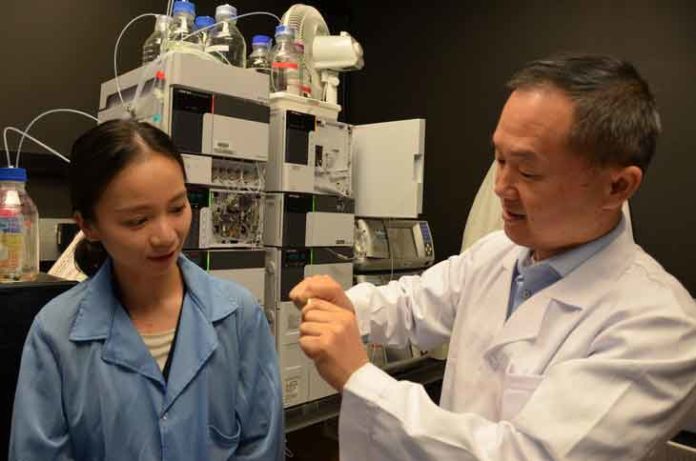Scientists used a material based on a natural product of bones and citrus fruit, called citrate to provide the extra energy that stem cells need to form new bone tissue. the discovery could allow citrate to aid in bone regeneration will help the researchers develop slow-release, biodegradable, citrate-releasing scaffolds to act as bone-growth templates to speed up healing in the body.
Engineered biomaterials would be an appreciated substitution and numerous labs are working on creating them. Be that as it may, currently manufactured materials cause critical inflammation and the bone recuperating rate is moderate and mending quality is poor.
The body embodies the embed with fibrotic tissues that shield the embed from coordinating with encompassing bone. With Yang’s material, the analysts don’t see epitome, and chronic inflammation is insignificant.
Chuying Ma, a lead author on the paper. Ma was given the problem of uncovering the poorly known mechanism underlying the body’s use of citrate to regenerate bone. She found that the stem cell membrane has a transporter that is used to transport citrate into the cell to elevate the cellular energy level.
When the bone stem cells differentiate to make new bone cells, they require more energy as support for active bone formation. The timing and dosage of citrate supply to stem cells are also critical. Yang and Ma coined the newly identified citrate effect on stem cell differentiation as “metabonegenic regulation” in the paper.
Scientists identified a second factor included energy creation, an amino acid called phosphoserine. With their new comprehension of the instrument for bone regrowth, they built up a biomaterial joining both citrate and phosphoserine and tried it on rodent models.
Using the material, scientists found early deposition of new bone at one month.
Ma said, “In both animal models we see the new biomaterial is better than the commercial materials in inducing early bone formation and also promoting bone maturation.”
Jian Yang, professor of biomedical engineering, Penn State said, “To me, this is an important finding. Citrate is now recognized as a central linker between stem cell metabolism and differentiation.”
“We are uncovering the mechanism whereby citrate influences stem cell activity, not only in bone, but by implication extending to other types of cells and tissues. For instance, there is a high concentration of citrate in the cerebrospinal fluid surrounding the brain. People can now use this understanding to start looking at citrate as a metabolism regulator to further regulate stem cells for other types of tissues and organs throughout the body.”
The study is published in the journal PNAS.
